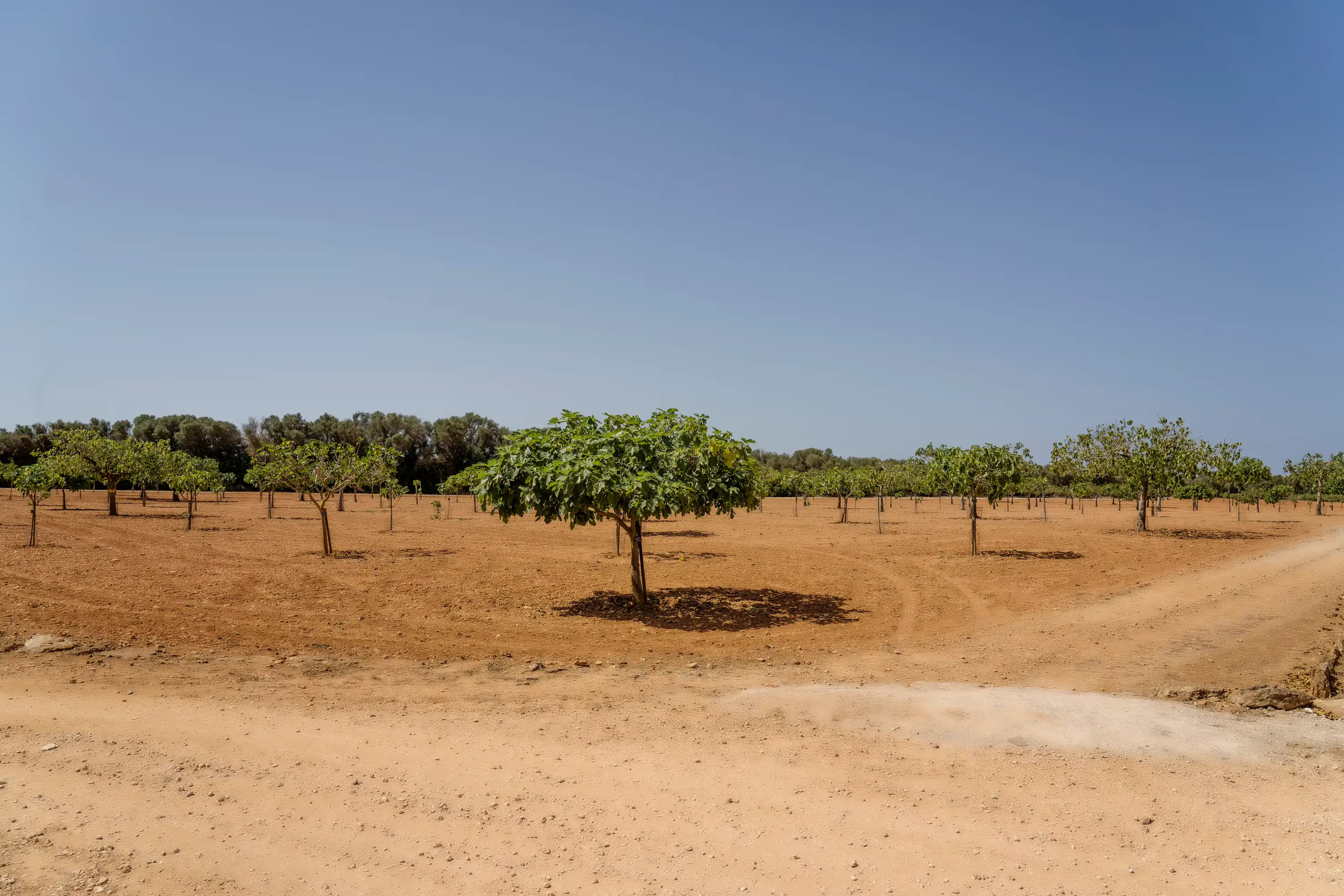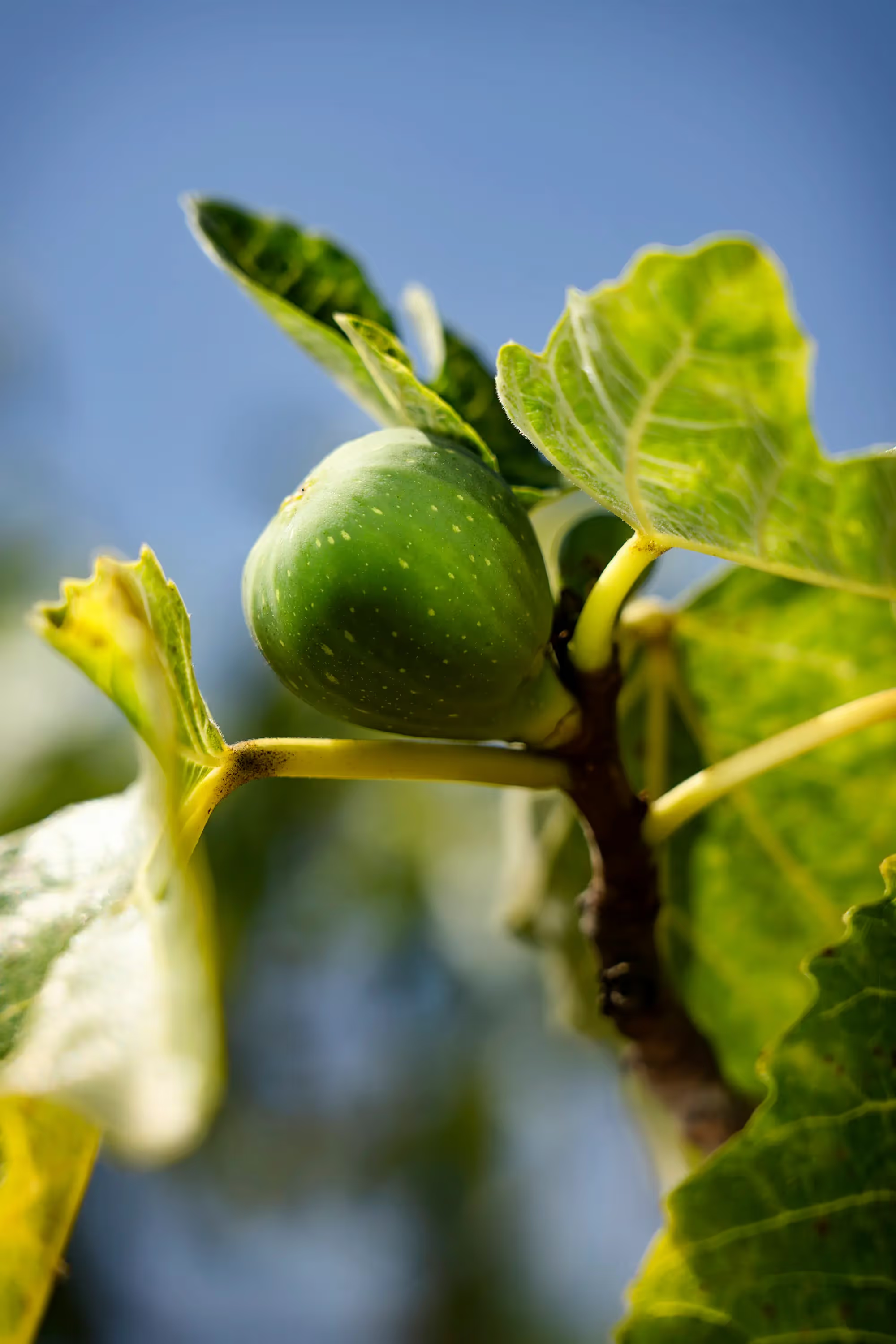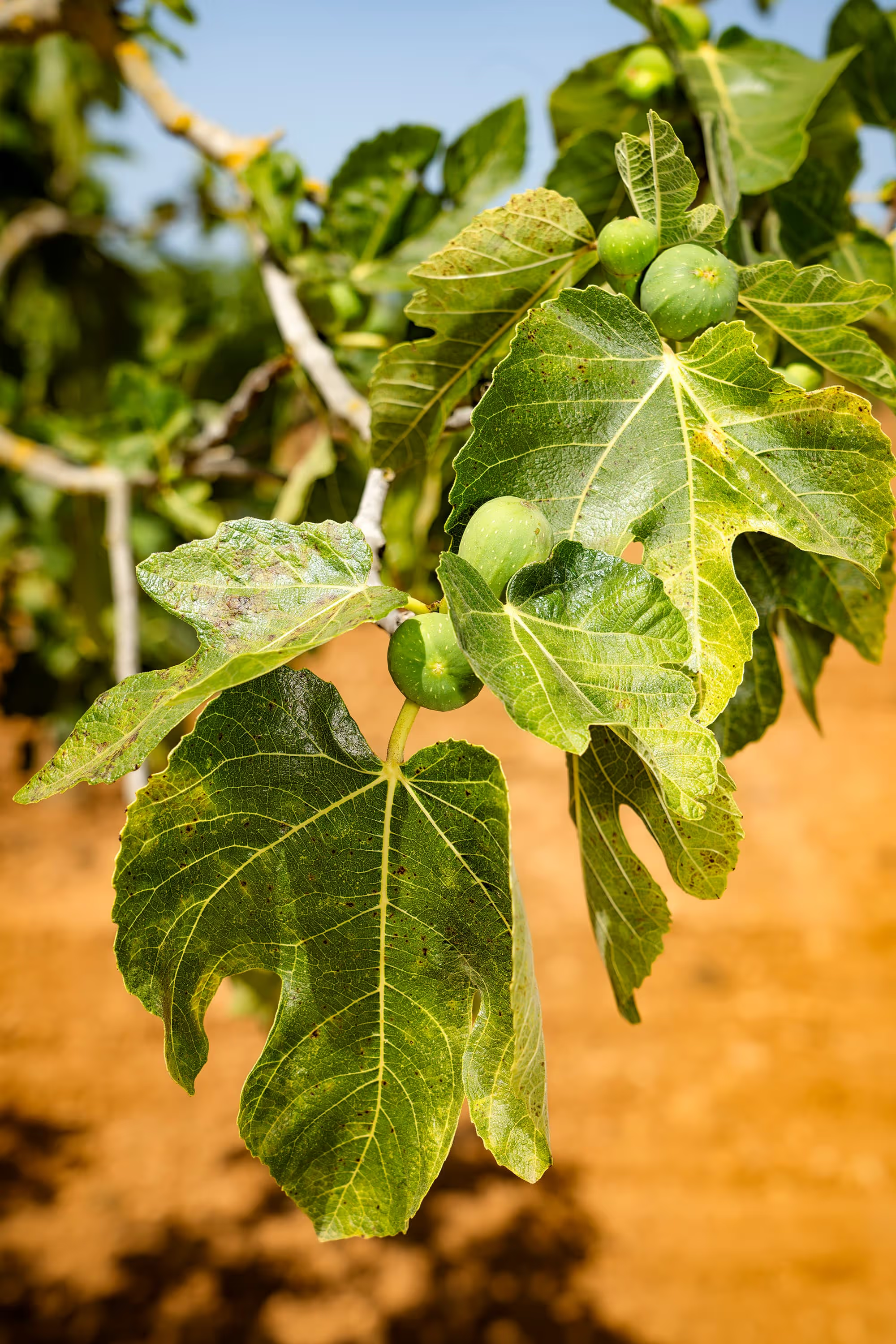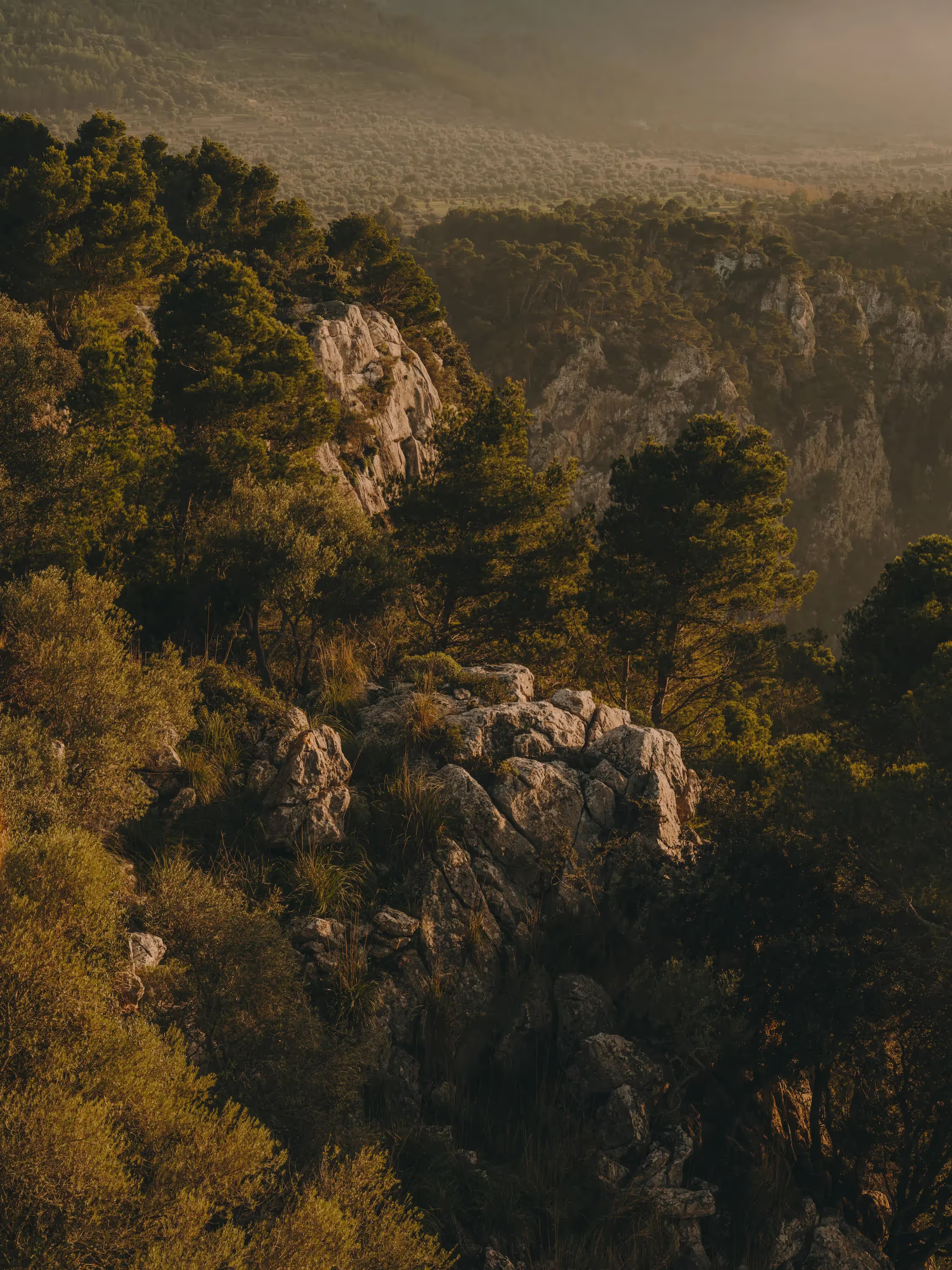
A
few kilometres from Llucmajor, just 150 metres above sea level, on a sun-drenched plain, an extraordinary conservatory preserves a botanical treasure trove: more than 1,400 varieties of fig trees from over 60 countries. This unique site, called Son Mut Nou, is the work of one man: Monserrat Pons i Boscana. For three decades, this pharmacist by training and self-taught botanist, has transformed the family finca into a plant sanctuary, where each fig tree is pampered, labelled and documented. “Mallorca,” Monserrat proclaims with a smile, “is a paradise for fig trees." With its Mediterranean climate, arid soils and generous amount of sunshine, the island offers ideal conditions. “Even the Romans came here to plant figs because it was better than in Italy,” he says. Each wave of occupation - Roman, Islamic, Catalan - brought new varieties of fig to the island. “Even though they were invasions,” recalls Monserrat, “we were able to preserve these agricultural treasures.” Originally from Mesopotamia, the fig tree colonised the Mediterranean with the Phoenicians and then spread to Asia and the Americas. The monk Junipero Serra, who left the village of Petra in 1746 for the Americas, imported the fig to California.
“Figs are the bread of the poor and the dessert of the rich,” says Monserrat, echoing a popular saying. Mallorca was poor, and the staple diet consisted of figs, snails and asparagus. The fig tree has always fed people, but in Mallorca it has also fed animals. Until the middle of the 20th century, 90% of the figs harvested were used to feed pigs. “In the 1940s,” recalls the specialist, “Mallorca had around 22,000 hectares of fig trees. Today, only 800 remain.” The same applies to pig farming, which fell by 80% between the 19th century and the end of the 20th. His Mut Nou has become the largest open-air laboratory dedicated to the fig tree in the world. Each tree is a living treasure, bearing an agronomic, historical and cultural memory.
















